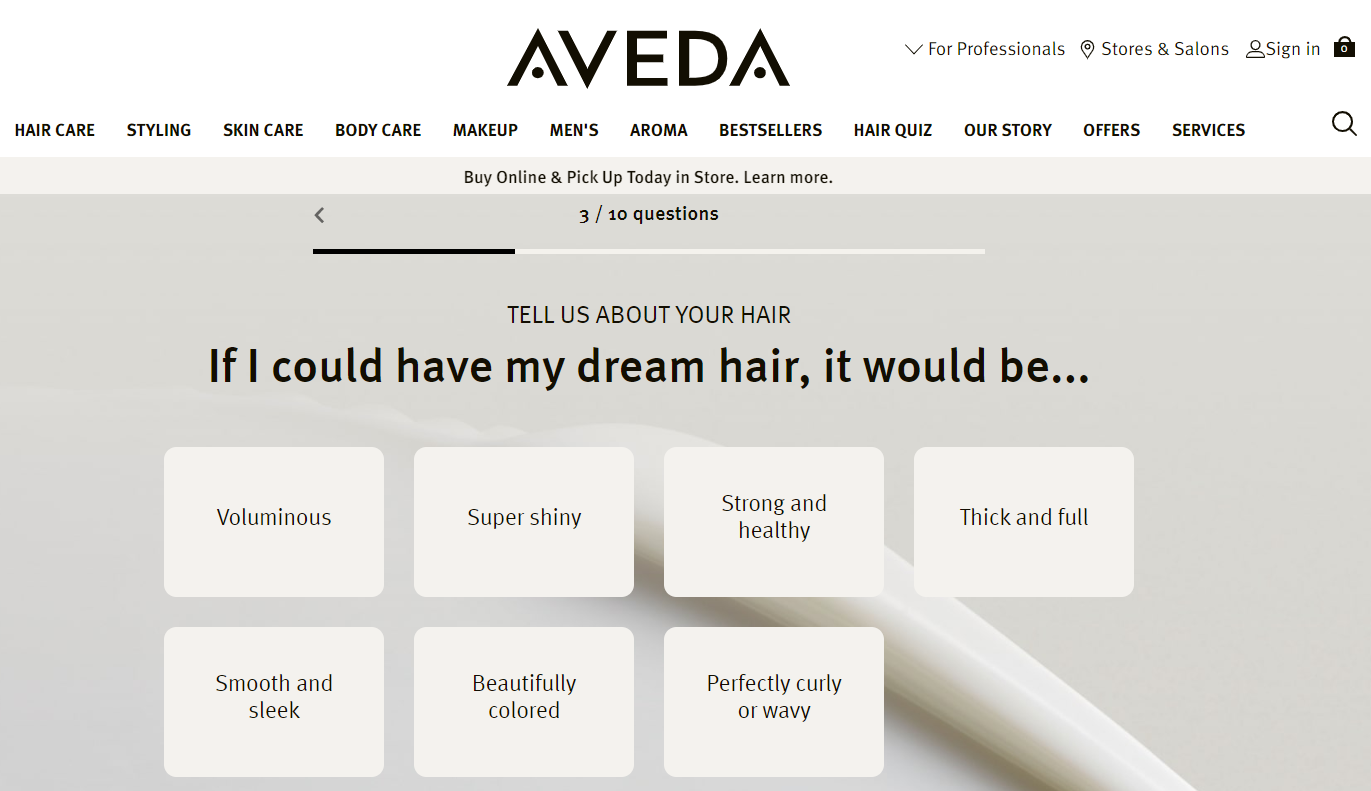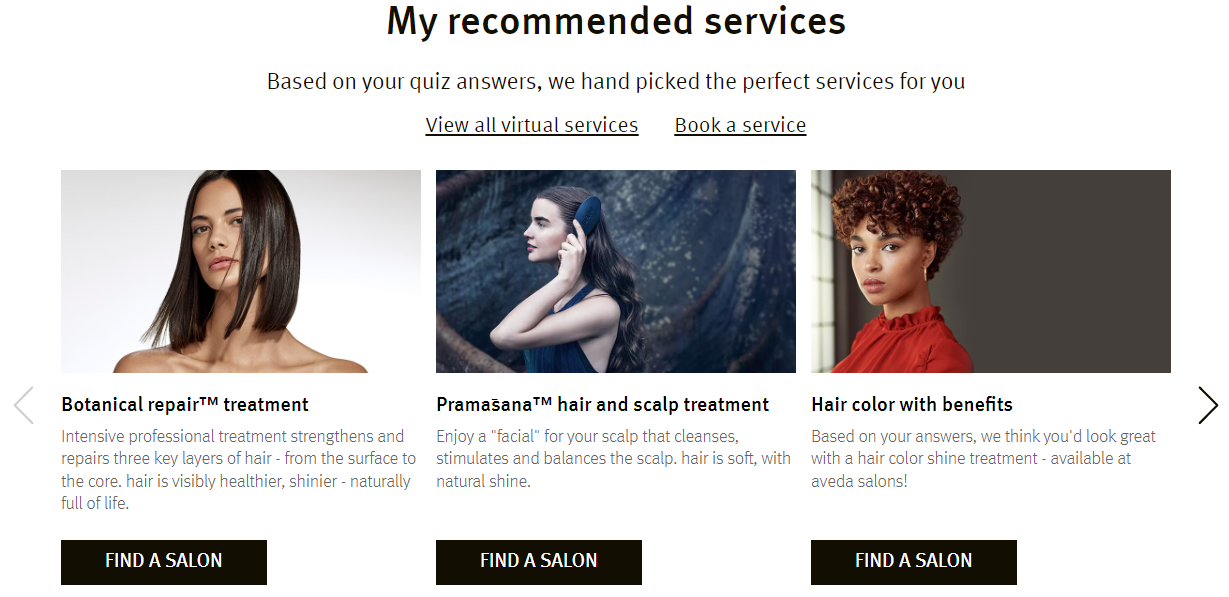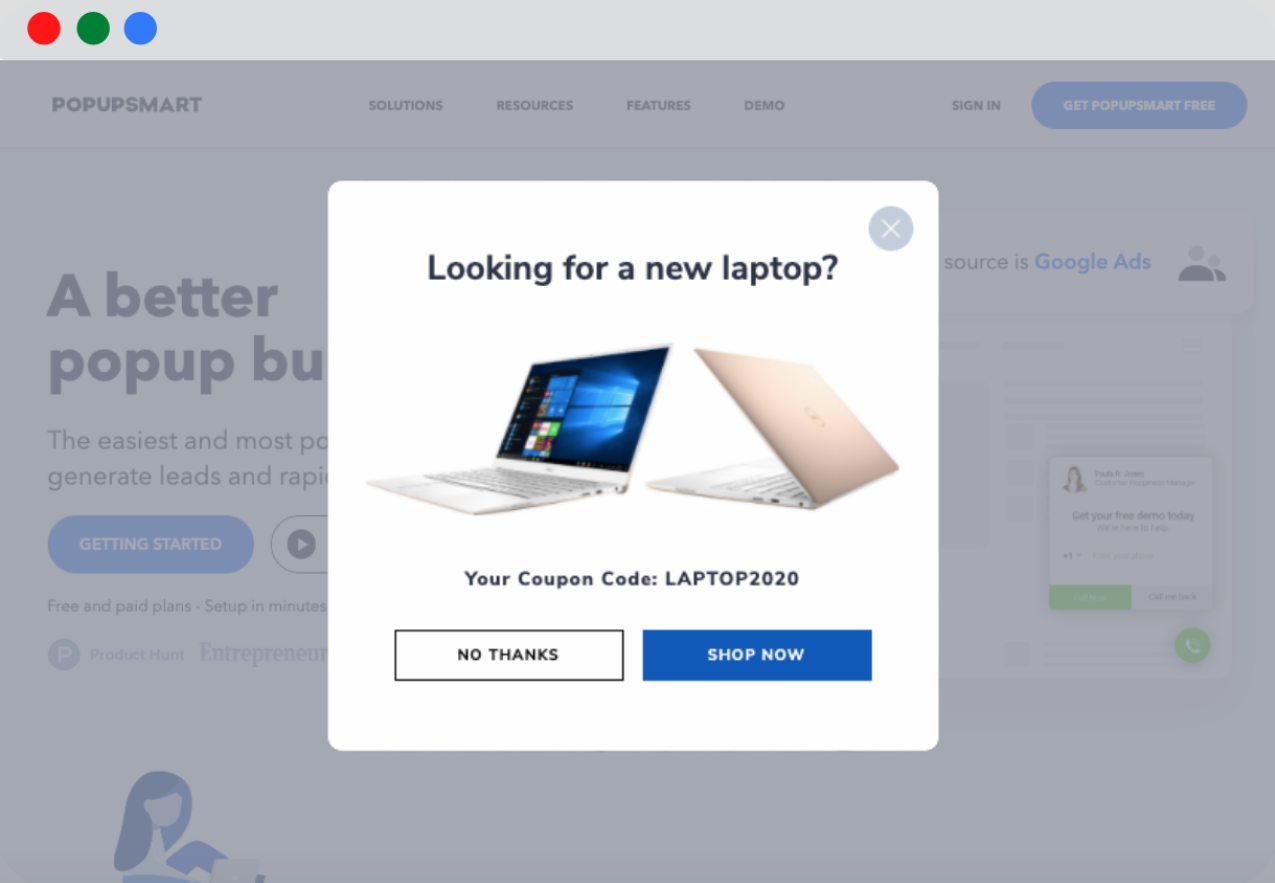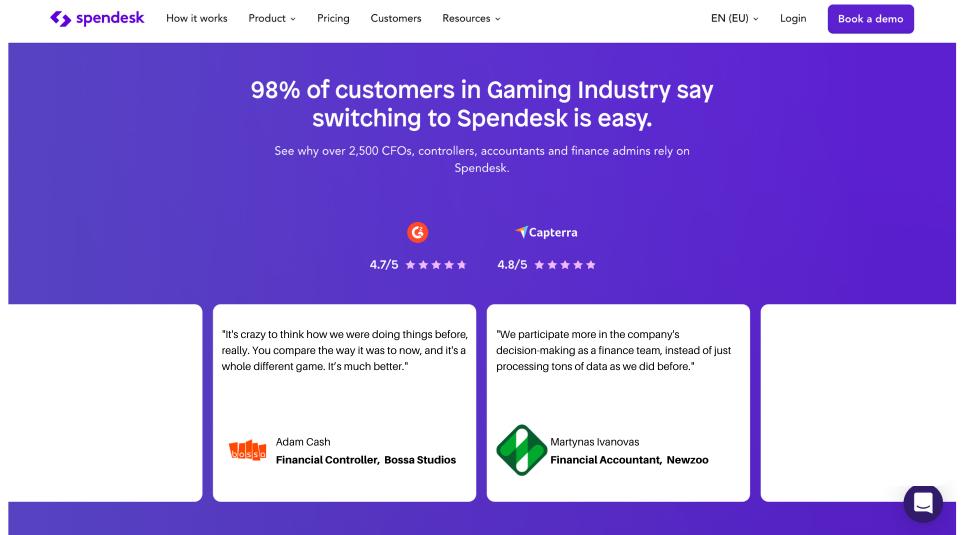Web Content Personalization: a Glimpse of Digital Experiences with a Personal Touch
With almost 2 billion websites on the Internet today, it’s no longer enough to have an appealing design and great content. You need to do everything you can to make customers’ experiences on your website more relevant, impressions more positive, and conversions more likely. This is not easily achievable because there is no “average user” — your website’s users are diverse in every way (and that’s great!). Luckily, there is a website strategy that can work wonders for you, and that is called web content personalization. Read on to discover more about creating digital experiences with a personal touch.
Web content personalization explained
The key idea behind content personalization is that a website’s message needs to be tailored to match the needs, interests, backgrounds, activities, and motivations of individual users. In other words, your website should display the content that is most useful to a given user at a given moment so they are most likely to be interested in your offer and make a positive decision about it.
Implementing a successful content personalization strategy is like telling each customer “Hi, we know what you need, so we are happy to offer it to you!”. Imagine walking into your favorite bakery where the salesperson is meeting you with your favorite blueberry muffins before you even asked. They are also informing you about their latest offering — chocolate strawberries because they know you like everything chocolate. Finally, they are inviting you to drop by next week so they can give you a little tasty birthday gift.
Similar personalized experiences can be provided on a website with the help of tailored product recommendations, exclusive offers, special CTAs for different visitors, and so on. Personalization enables marketers to craft their message to make it look like it has been personally created for a given visitor. Instead of being overwhelmed with irrelevant options, your visitors see exactly what they expect to see at the moment.
Content personalization is so common that users expect it from websites. A study by Epsilon shows that 80% of customers are more likely to purchase from companies that use content personalization. According to Forrester, 89% of digital businesses invest in personalization, including famous brands like Sephora, Netflix, and USAA.
User data in web content personalization
To display the content that best resonates with each user’s expectations, you can rely on various user data signals. Ways to collect these data signals include using various online forms (for registration, subscription, feedback, surveys, quizzes, etc.), wishlists on the website, marketing analytics tools, CRMs, specialized personalization platforms, customer support tickets, website cookies, browser fingerprinting, and more — of course, with respect to all privacy regulations.

Any user data might be useful for content personalization, but let’s review some examples of the most commonly used types of data:
- Geographic location (the country, region, or city from which a user is visiting your website).
- A wide range of demographic data such as gender, age, ethnicity, family status, education level, employment, industry, job title, income level, hobbies, and more.
- Technical data such as device type (desktop, mobile, or tablet), browser, operating system, and sometimes even screen resolution.
- The traffic source from which the user has come to your website:
- organic traffic
- direct traffic
- referrals
- paid search
- email marketing
- social media
- Funnel stage (awareness, consideration, or decision).
- The status of an authenticated and non-authenticated user.
- The status of a new or returning customer.
- The user’s behavior and interactions with your website, emails, etc.:
- visited URLs
- time spent on the website
- search history
- clicked CTAs
- submitted forms
- previous purchases
- cart abandonment
Based on all these types of data, you can split your overall audience into smaller segments or groups that have some characteristics in common, and then show personalized content versions to each of the groups. You can take a step further and create user personas — archetypical users that represent the needs and characteristics of a subgroup of your target audience.
Content personalization with different website elements
To create a message that resonates with visitors on an individual level, it’s possible to personalize a wide array of website elements. You can show dynamically generated variations of permanent website content sections, as well as tailored pop-ups, navigation, and more. All website elements can have different versions of text and visuals, and even the order of the content items is important for personalization. Let’s review some examples of website elements that are often personalized.
Personalized hero section
A hero section, or a large banner placed prominently at the top of your website, can serve multiple purposes such as greeting your customers, describing a specific service or promotion, informing them of news, etc. It may include a heading, a subheading, a few brief sentences of text, a large eye-catching image, and an enticing call-to-action button leading to specific subpages.
By dynamically displaying personalized hero sections to different visitors, you can cater to their different interests. Imagine, for example, a visitor who is accessing a fashion store from one of its target countries where the current season is summer. They can be shown a hero section with a promotion of trendy sunglasses shipped worldwide. Or, as shown in the image below, the hero section can target people of a specific profession from a specific geographical location.

Source: https://www.personalizationdecoded.com/p/how-would-we-personalize-the-sumup
Personalized content recommendations
Increase the user’s engagement by matching the recommended blog posts, videos, products, or services to their preferences. The recommendations can be based on a wide range of data such as the content the user has previously viewed, the industry they work in, and so on.
Engaging content might keep the visitor on the website for a longer time so that they continue to read or view something more. In the image below, recommended services are displayed based on the results of the hair quiz by Aveda that we mentioned earlier in this blog post.

Personalized pop-ups
Pop-ups on your website can be more engaging and convincing to specific users when personalized. For example, you could display a pop-up offering a discount for new visitors only if they subscribe to your newsletter. Or, if there is an upcoming event in the current visitor’s location, it would be great to inform them about it. Another example is to nudge a user with a discount coupon towards a product or service in a specific category that they have been exploring.

Source: https://popupsmart.com/blog/popup-design-templates-download
Personalized navigation
By reordering the items in the navigation menus, you give priority to the categories that your visitors are most interested in. This should help them quickly find what they are looking for instead of getting distracted by too many options.
For example, if a prospective student has been browsing engineering programs during their last visit to a university website, the navigation menu can show them engineering programs at the top during their subsequent visits.
Personalized social proof
When looking for social proof, what users will appreciate the most is information provided by other customers who have already used the same product, service, or technology, or with whom they share some common characteristics (such as industry, occupation, location, age, country, and so on).
You can shape your social proof section accordingly. For example, if one of your company’s target subgroups includes finance specialists, it makes sense to display the feedback from customers with this job title first.

Source: https://www.personalizationdecoded.com/p/how-would-we-personalize-the-social
Final thoughts
By unlocking the potential of content personalization, you have a chance to create compelling digital experiences and skyrocket your conversion rate. You can always contact the ImageX team which includes specialists in digital strategy and planning, as well as web development.
We will be happy to help you understand your audience, create a content personalization strategy, and successfully implement it on your website.







